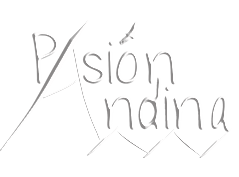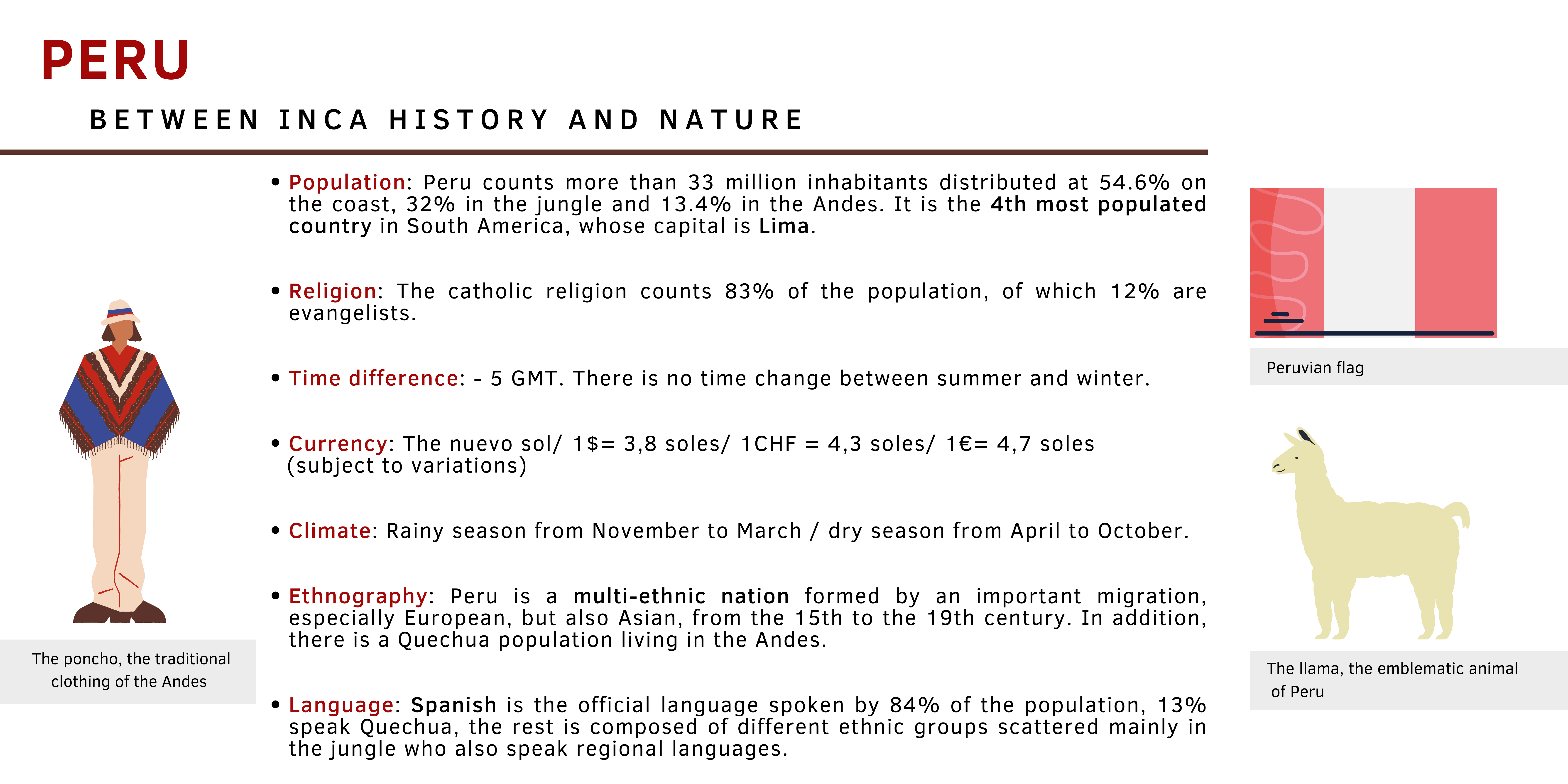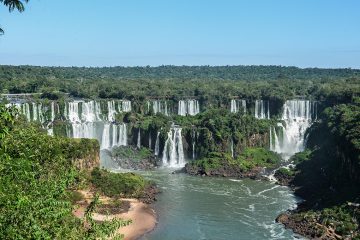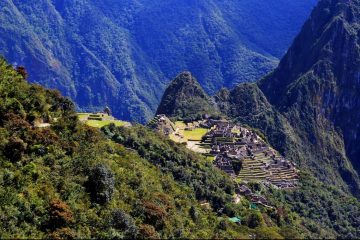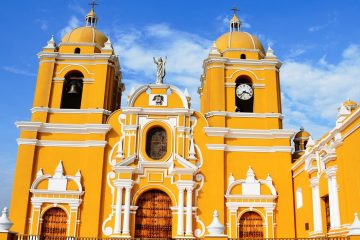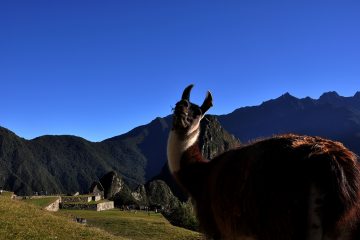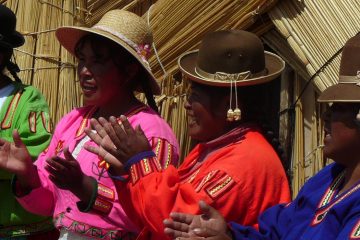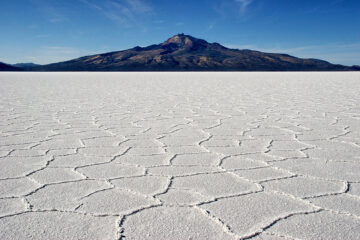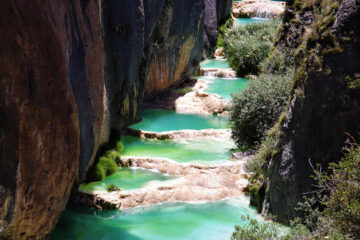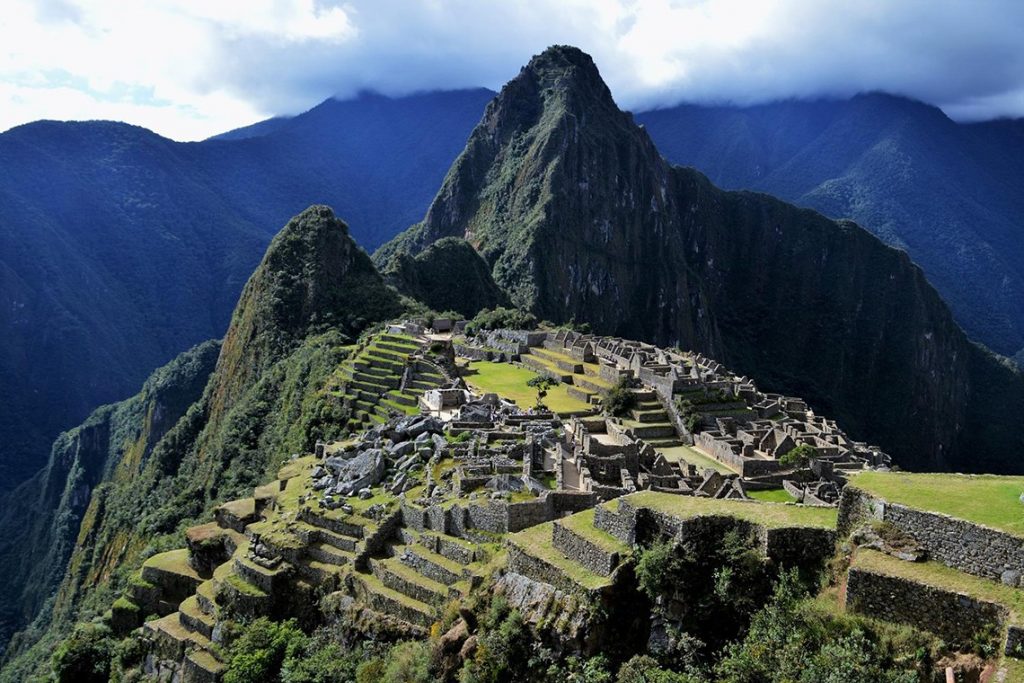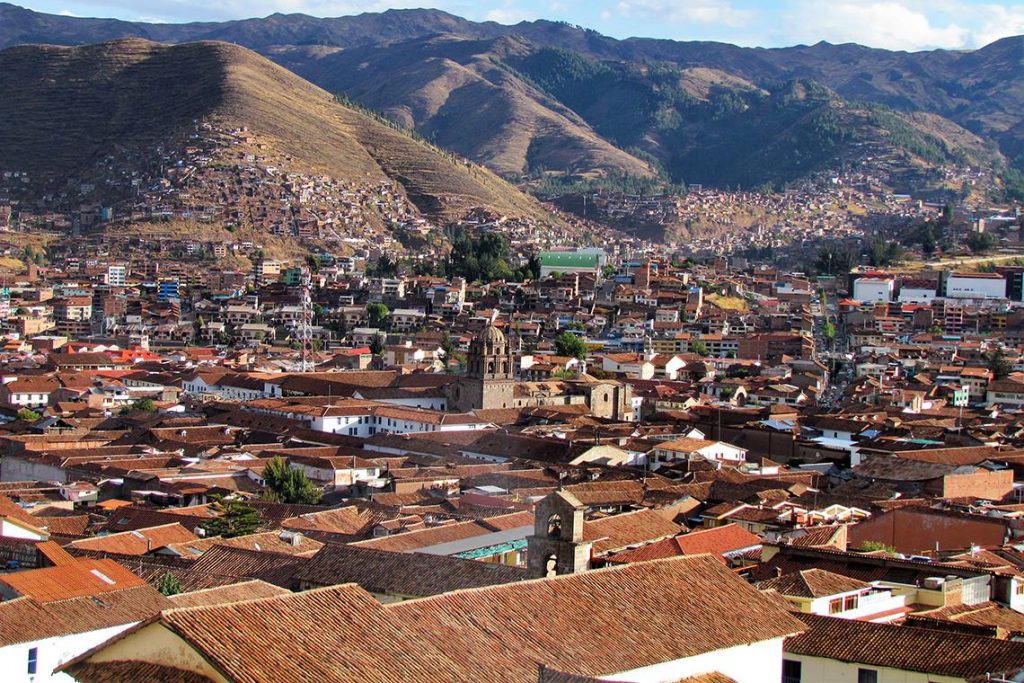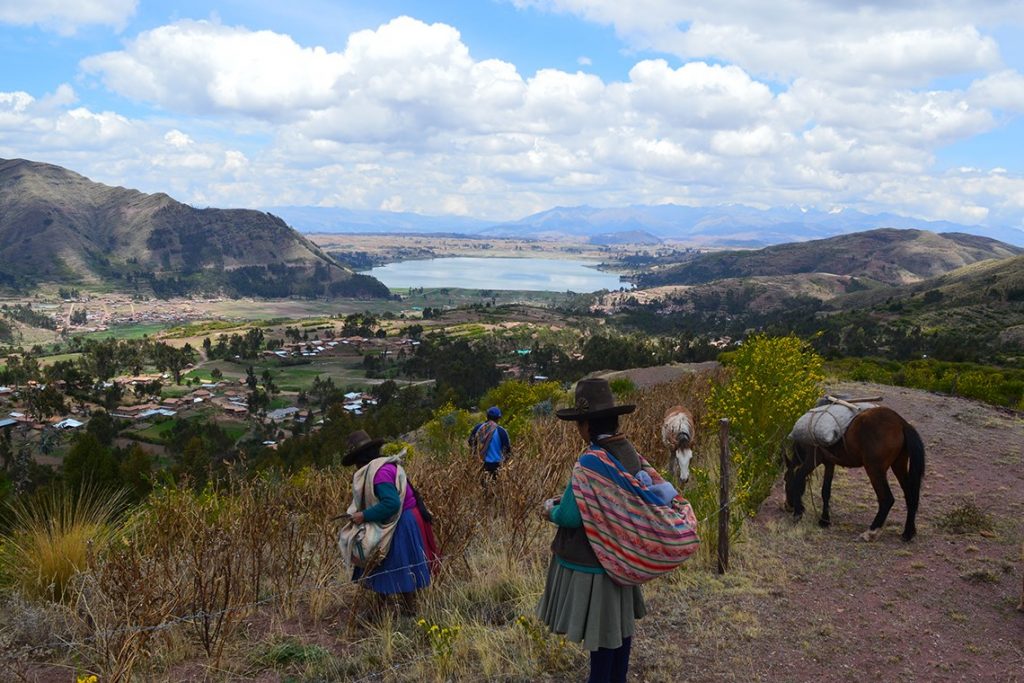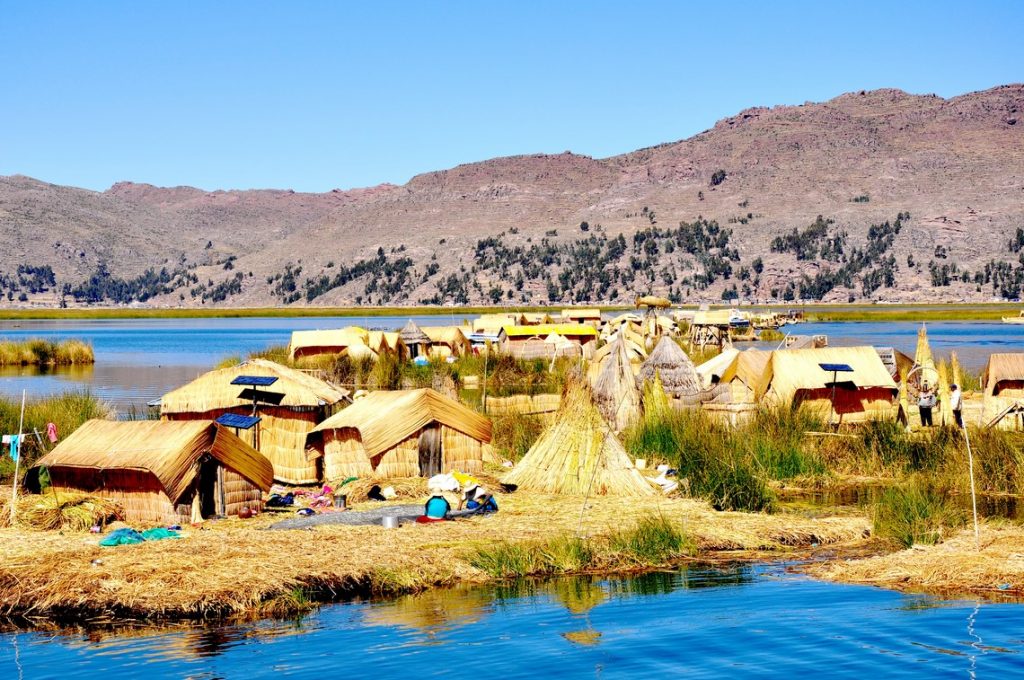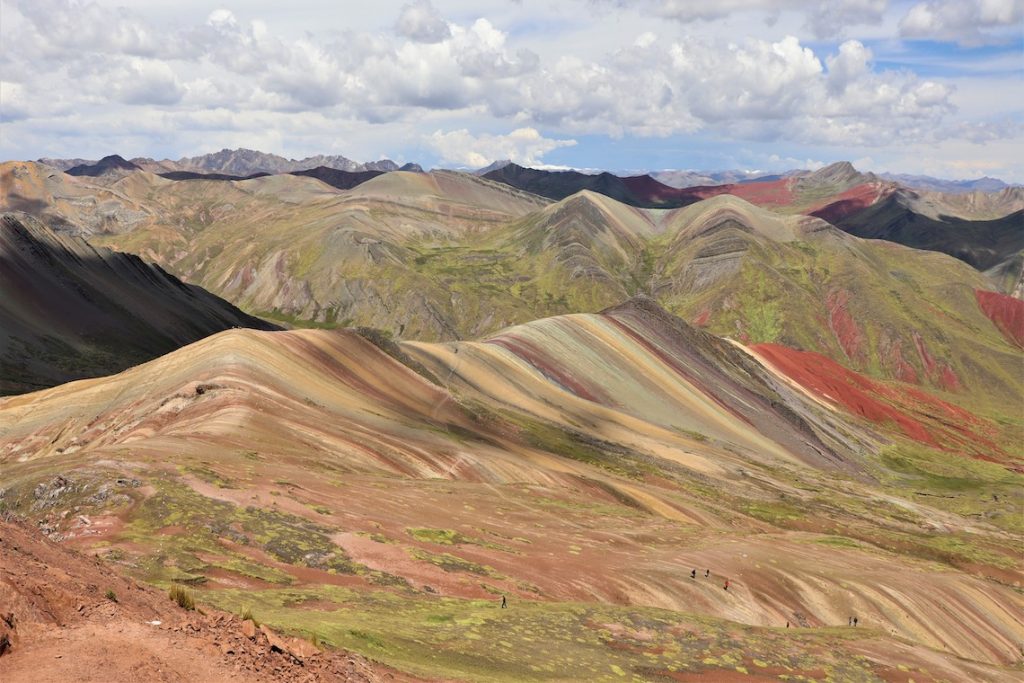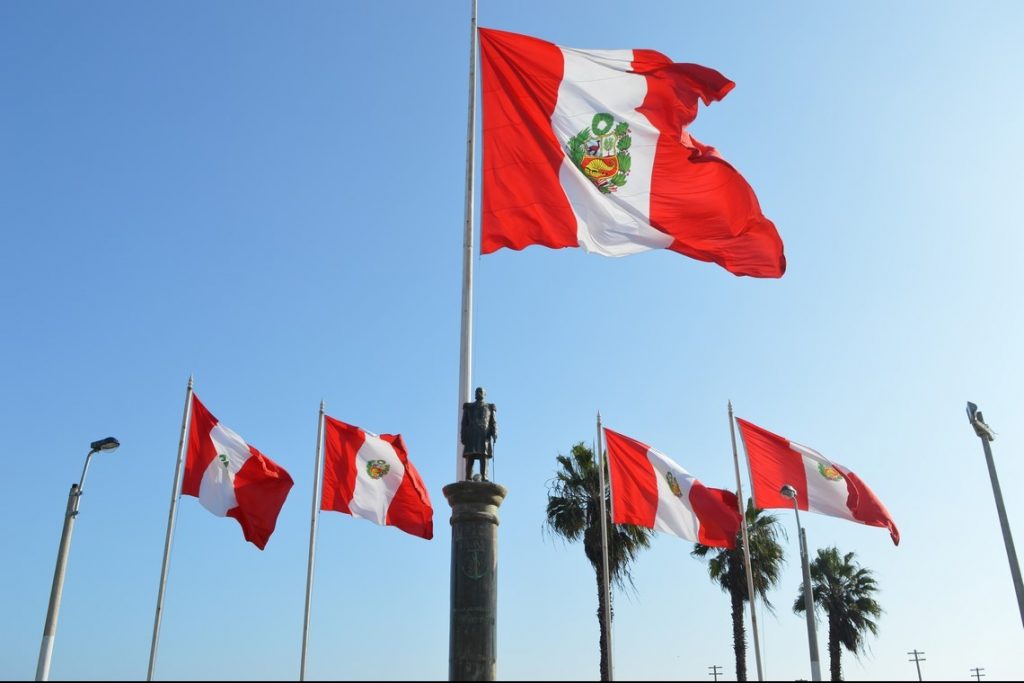Geography :
Peru is divided into several distinct geographical zones:
- the “costa”, the Pacific coast where 60% of the population lives, is divided between the desert part of Huacachina, the national reserve of Paracas and the Ballestas islands. The “El Nino” phenomenon is found all along the coast. To discover the Pacific coast, do not hesitate to consult our trip Wonders of the South! The North coast is also a cultural jewel to be discovered, in particular with the port cities of Trujillo and Chiclayo as well as in the lands, Cajamarca, Kuelap or Chachapoyas which abound in archaeological sites of the pre-Colombian time, discover another facet of Peru still little known by the tourists.
- the “sierra”, the mountain is the mountainous part of Peru with the Andean Cordillera which extends from the North of the country to the South. We speak at the same time of the central Andes with the region of Ayacucho and in particular the crossing with the train of clouds made popular by the comic strip “Tintin and the Temple of the Moon” and the region of Cusco. We also speak about the White Mountain Range, located in the region of Huaraz, this place with a great concentration of national parks and summits to more than 5000 meters of altitude. Many hikes and treks are possible to discover the lagoons and to see the Cordillera Huayhuash. Due to the high summit of the region, Cusco and his surroundings are amazing between the nature und the Inca history. You can discover the Humantay Lake on your way to the Salkantay, one of the trekking leading to the Machu Picchu. The Qeswachaka Inca Bridge is one of the last inca culture heritage to understand the unique tradition of centuries. You may want discover as well the archeological site Wakra Pukara. Numerous treks are also available, such as the trek from Lares to Machu Picchu or from Patabamba and Huchuy Qosqo to disover the way of life of the Andeans communauties and the faune, such as the condors.
- the selva is the equivalent of the part of the Peruvian Amazonian forest which represents 60% of the Peruvian territory with the region of Iquitos, in particular with the reserve of Pacaya Samiria where it is possible to discover the Amazonian forest in lodge or during a cruise. There is also the region of Madre de Dios, which supplies almost the entire country with fruits, vegetables and is known for its coffee and cocoa regions.
History :
- Era of the Inca Empire: the history of Peru begins well before the Inca era with all the pre-Columbian civilizations, but takes its apogee with the Inca civilization until the arrival of the Spaniards. Numerous vestiges in the region of Cusco, of which the archaeological sites of the Sacred Valley and Machu Picchu are the heritage. In the north of the country and towards Lima there are monuments and sites from the pre-Columbian era such as the sites of Caral, Chan-Chan or Kuelap.
- Colonial era: In 1531, Francisco Pizarro and his troops set foot in the Inca Empire and took advantage of the civil war that divided the different civilizations to have the emperor Atahualpa captured and executed. In spite of the attempts of resistance, the last Inca emperor Tupac Amaru will be killed 40 years later and will sign the decline of the Inca Empire, “Tawantinsuyo” in Quechua.
Gastronomy :
The Peruvian cuisine rhymes with diversity and a mix of flavors between an Inca and Spanish heritage. Renowned throughout South America, Peruvian gastronomy is increasingly in vogue, especially carried by the chefs Virgilio Martinez or Gaston Acurio. Here is a list of some of the dishes that you can find during your trip to Peru:
- Ceviche, to be enjoyed on the Pacific coast between Lima and in northern Peru, this typical dish of fish marinated in lime juice and with raw onions. It is often accompanied by rice, sweet potato or corn, as well as its drink “leche de tigre” which is a mixture of fish stock and spices.
- Lomo saltado is a classic of Peruvian cuisine to try during your trip, it can be made with beef or alpaca, it is a dish made with soy sauce. The word “saltado” means “stir-fry”, in fact the meat is browned with onions and tomatoes with the technique of “wok”, inspired by the Chinese cuisine. The dish is served with French fries, rice or pasta depending on its variations.
- Chiriuchu is a dish that is found on the occasion of the Corpus Christi festival, in June, it is composed of different meats and accompaniments: white corn “canchita”, Andean cheese, a piece of guinea pig, a piece of chicken, sausages, fish eggs, carrots, leeks, Japanese seaweed leaves, stuffed peppers etc. A complete meal that refers to the diversity and abundance of Peruvian cuisine.
- The “cuy“, the guinea pig, although it is a domestic animal in France and Europe, here it is considered a delicacy: eaten on holidays, Christmas, Carnival, birthdays etc. It is often cooked in the oven with aromatic herbs, or in stew. It is often accompanied by tagliatelle and potatoes. The city of Tipon, located in the southern valley of Cusco, is considered the capital of guinea pig and has many restaurants.
- The chicharron is a dish served with fried pieces of pork, a salad of raw onions with mint and potatoes.
- Aji de gallina is a very popular dish often found on tourist menus and for locals. The shredded chicken is served with a sauce made of yellow chili, a little bit of fresh cheese and sometimes salty cookies or fine breadcrumbs mixed to obtain a creamy sauce. This mixture is also used for the recipe “papa a la huancaina”. The aji de gallina is accompanied by rice and/or potatoes, as well as a hard-boiled egg and some olives.
- The pisco sour is the national cocktail, it is composed of pisco, the grape alcohol from the region of Ica, lemon juice, sugar and an egg white to create a frothy aspect to the cocktail. To be enjoyed in moderation!
The great diversity of potatoes, corn and quinoa in the Andes is also considerable and an integral part of the culture and daily life of Peruvians. There is also a richness from the Peruvian Amazon with a variety of fruits and vegetables, including limes, avocados, papayas etc. Peru is also a great producer of coffee and cocoa.
As you can see, most of the traditional dishes include meat or animal ingredients, but it is quite possible to prepare meatless dishes. Many restaurants offer vegetarian or vegan alternatives. To discover a selection of restaurants and gastronomic recommendations, do not hesitate to consult us! We also recommend a gastronomic city tour (https://pasionandina.com/city-tour-gastronomique-a-cusco/) or a cooking class with a chef to make your own Peruvian dishes! At Pasion Andina, we believe that travel is also about taste, smell and the senses in general.
